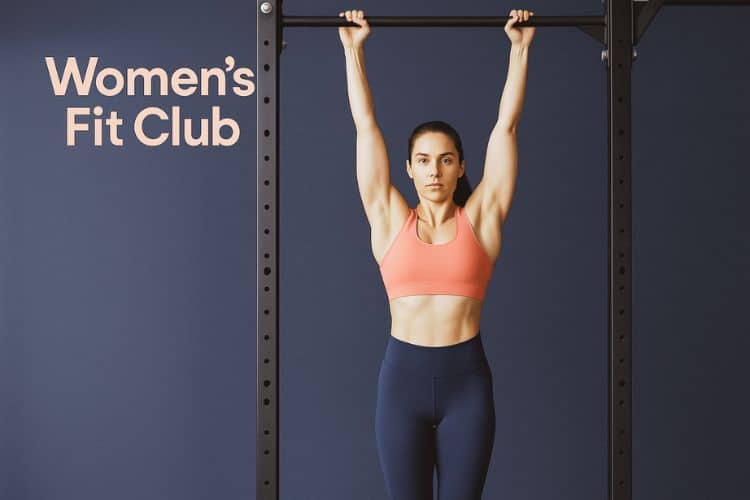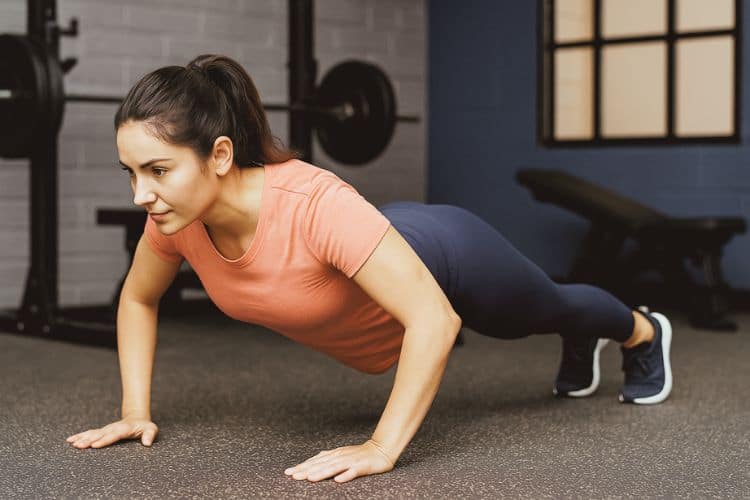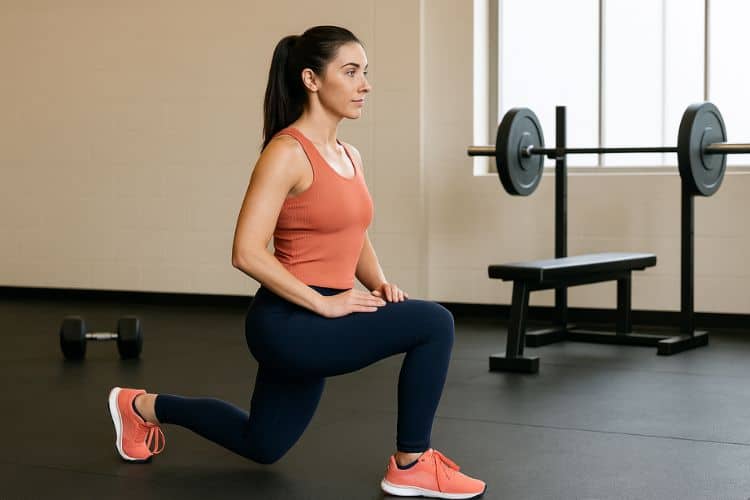Sign up for workout ideas, training advice, reviews of the latest gear and more.






Building muscle doesn’t always require heavy barbells, dumbbells, or expensive gym memberships. Calisthenics, the art of using your own body weight as resistance, has been a proven way to increase strength, endurance, and muscle size for centuries. From gymnasts to elite athletes, bodyweight training has shaped some of the most functional and powerful physiques in the world. This guide breaks down the best calisthenics workouts to build muscle, how to structure your training, and the principles you need to maximize results. Whether you’re a beginner or advanced athlete, calisthenics can help you develop a strong, muscular body without lifting a single weight.
One of the keys to muscle growth is progressive overload—gradually increasing resistance or difficulty. With calisthenics, this is done by manipulating leverage, angles, tempo, and volume. For example, moving from knee push-ups to standard push-ups, then to archer push-ups, and eventually to one-arm push-ups increases difficulty just like adding weight to a barbell.
Unlike some machine-based exercises, calisthenics often trains your muscles through a natural range of motion. This helps improve flexibility, mobility, and joint stability while building strength. Movements like dips, pull-ups, and push-ups reinforce functional patterns that translate to real-world strength.
Calisthenics doesn’t just make you look strong—it makes you functionally strong. Movements like muscle-ups, pistol squats, and planche progressions engage multiple muscle groups, improve coordination, and enhance balance.
One of the best parts of calisthenics is its accessibility. All you need is your body, a pull-up bar, and maybe some parallel bars or rings. This makes it perfect for training at home, outdoors, or while traveling.
Before jumping into the workouts, it’s important to understand the training principles that make calisthenics effective for hypertrophy:
Aim for 10–20 sets per muscle group per week, spread across 3–5 sessions. This ensures enough stimulus for muscle growth.
Slow, controlled reps maximize tension on the muscle. Try eccentric training (slowly lowering your body), pauses, and explosive concentric movements.
Always look to progress. Increase reps, reduce rest, add tempo variations, or progress to harder movements.
Muscles grow outside of workouts. Ensure 7–9 hours of sleep, adequate protein (1.6–2.2g/kg bodyweight), and recovery days.
Below is a breakdown of the most effective calisthenics exercises categorized by muscle group.
Here’s a 4-day calisthenics split designed for muscle growth.
Unlike weights, you can’t just add 5 pounds every week. Instead, progression in calisthenics looks like:
Tracking progression ensures continuous growth.
Calisthenics not only builds muscle but also improves:
The best calisthenics workout to build muscle combines progression, volume, and consistency. With movements like push-ups, dips, pull-ups, pistol squats, and handstand push-ups, you can sculpt a muscular, functional, and athletic body—without needing a gym.
Whether you’re just starting out or already advanced, remember that consistency and progression are the ultimate keys to success. Stick to the plan, fuel your body properly, and you’ll see noticeable results in strength and muscle definition.
Want more workout and video guide?
Follow us on Pinterest, Facebook, and Subscribe to our Newsletter and Stay tuned for FREE downloads of our App coming soon!
Stay up to date on the latest women’s health, fitness and lifestyle trends and tips.